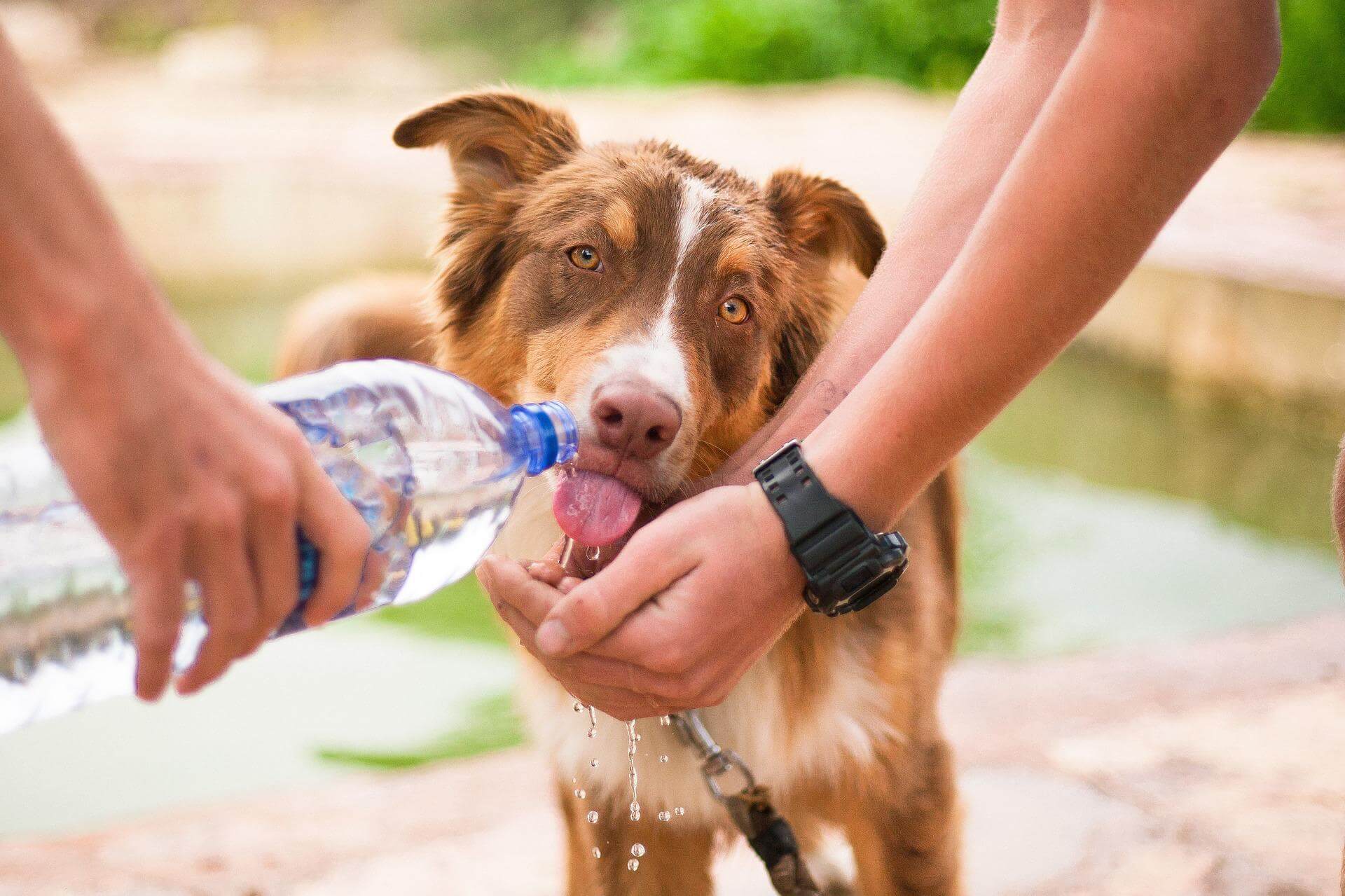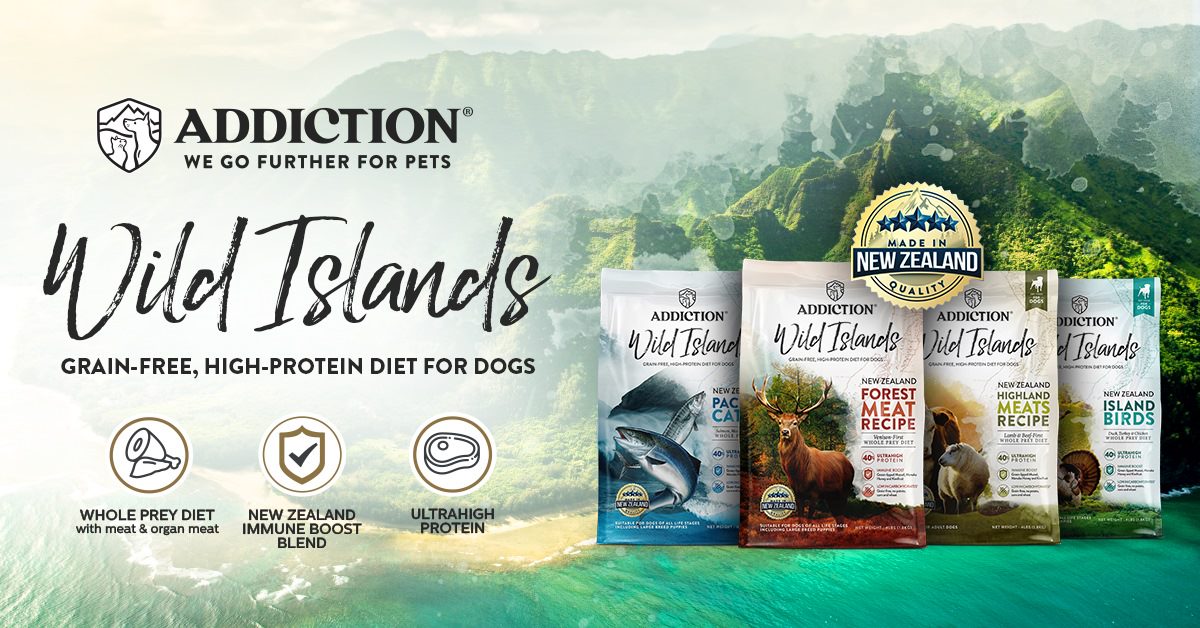What Happens During Canine Dehydration?

Water is one of the most essential things in life, not only to humans but also to animals. Dogs require water in substantial amounts to ensure their bodies are working perfectly. Every bodily function requires water to remain operative and healthy.
If your canine friend loses more water than they take in, they will dehydrate, resulting in some severe health conditions. Dehydration is not good for both humans and pets.
Hence, pet parents need to know when their dog is dehydrated and how to avoid it.
Reasons Dehydration Occurs in Dogs
Dehydration in dogs is a potentially life-threatening, common condition. Dogs dehydrate when they lose a lot of water and electrolytes without replacing them with the required amount of fluid and food. Dehydration in dogs occurs for a wide variety of reasons.
Natural activities, such as breathing, panting, defecating, urinating, and evaporation through the paws can cause a dog to lose a lot of fluid.
The lost electrolytes and water can only be replaced when the canine eats and drinks. Your dog’s food and water intake should be greater than the lost fluids and electrolytes to prevent dehydration.
Dehydration reduces the fluid in the dog’s body, which reduces their blood flow and affects oxygen supply to the tissues and organs. The health conditions associated with dehydration are dire, and you do not want your pup to be in such a condition.
Other significant causes of dehydration in dogs include diarrhea or vomiting and underlying illnesses such as a fever or heat stroke.
Severe health conditions such as diabetes, kidney failure, and other internal issues can cause a dog to pass urine in large volumes and more frequently, which can also cause dehydration. Lethargy, nauseous, and pain also cause dehydration in some dogs.
Symptoms and Signs of Dehydration in Dogs
Here are some of the mild and severe symptoms of dehydration in dogs:
- Excessive Drooling: A dehydrated dog might drool excessively. When dehydrated, excessive drooling is one of the best ways dogs cool their bodies.
- Dry Nose: A dry nose can be a sign of any physical or medical condition in dogs. However, it is also one of the early signs of dehydration in dogs. If your dog has a dry nose, give him/her water immediately to prevent other severe signs associated with dehydration.
- Sticky Gums: Sticky gums are one of the moderate-stage signs of this condition. If you notice that your dog’s gums are sticky, check for other signs to prevent worsening dehydration.
- Thick Saliva: Thick saliva is a sure symptom of dehydration in dogs. This moderate symptom can worsen if you do not provide your dog with clean, fresh water.
- Loss of Appetite: The moderate stages of hydration often cause dogs to lose appetite. If your dog is overly dehydrated, no food or treat can tempt them. The only thing that can solve their problem at this stage is water. Provide them with clean and fresh water, and their appetite will return.
- Dry Gums: Dry gums are likely to follow suit if your dog has sticky gums due to dehydration. At this stage, you should consider visiting the vet, especially when the dog is showing other dehydration symptoms.
- Sunken Eyes: When dehydrated, the body draws fluids from other parts of the body to keep vital organs working. The eyes are one of the places the body draws fluids from. If your canine has sunken eyes, it might be a symptom of severe dehydration.
- Diarrhea and Vomiting: Other severe dehydration symptoms in dogs are vomiting and diarrhea. Some dogs might even express this condition by panting excessively.
Product Recommendation
- GEX Pure Crystal Copan Blue Drinking Fountain: The best way to keep your dog hydrated is to provide a constant water supply. You do not need to provide them with water only when you serve them food.
They should have a place where they can help themselves when tasty. This bowl will provide your pup with constant flowing water.
Flowing water increases a dog’s appetite to drink. It will also ensure your dog’s water is clean and fresh always. It prevents spillage, and it has a simple structure that makes it easy to use.
- Stefanplast Anti-Slip Chic Peach Dog Bowl: An unstable drinking source can make your dog lose appetite for water. The dog might also find it difficult to drink if the bowl is unstable or moving.
This bowl has an anti-slip base to prevent it from moving when your dog is eating or drinking.
- Bronco Salmon Pate Dog Wet Food: Giving your dog wet food is another way to reduce dehydration. Wet food contains a substantial amount of water to keep your dog hydrated after eating.
Conclusion
Dehydration is a common issue in dogs that often lead to severe health conditions. As a pet owner, it is essential that you know the signs of dehydration in your dog.
You can visit the vet once you notice any of the symptoms listed above. Nevertheless, the best way to prevent this issue is to always ensure your dog has access to clean, fresh water.







